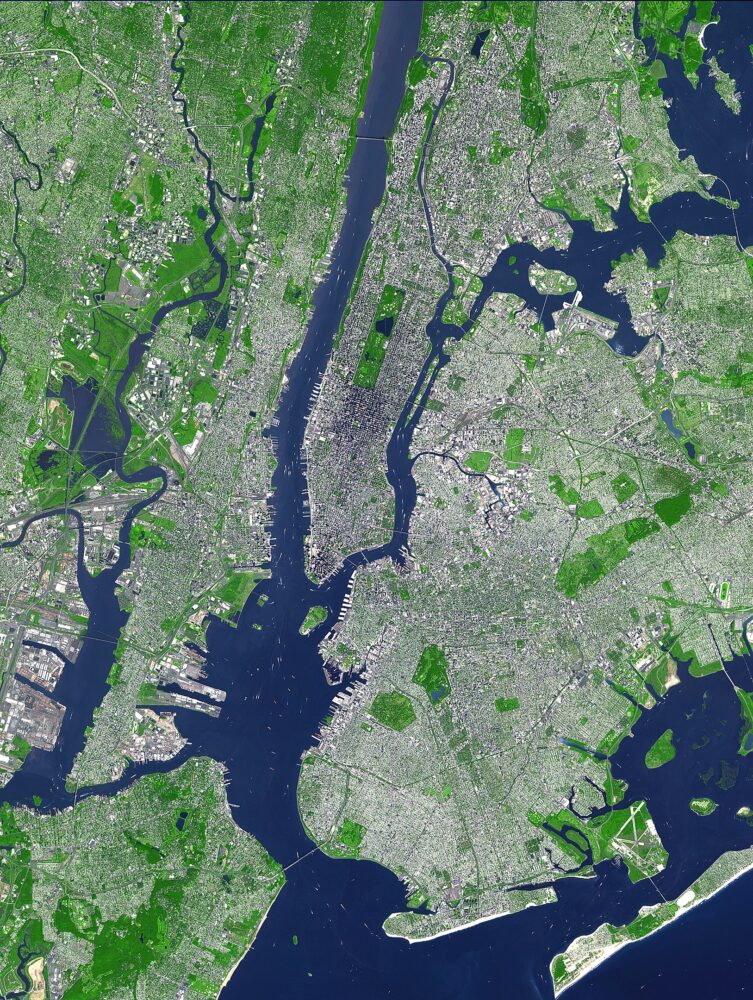
Amid a scorching summer in New York City, a recent study has revealed that street trees thrive even in the urban heat. The city, experiencing more than 11 days with temperatures exceeding 90 degrees, faces the urban heat island effect due to multiple factors.
The urban heat island effect, caused by tall buildings, asphalt, and high population density, can elevate temperatures by over 7 degrees Fahrenheit in city neighborhoods, particularly impacting the hottest and poorest areas. This phenomenon leads to serious consequences, with an estimated 350 premature deaths in the city due to heat waves.
However, trees play a vital role in mitigating this effect. Elizabeth Cook, an urban ecosystem scientist and Barnard assistant professor, highlighted the cooling impact of trees through shading and evapotranspiration.
A study published in PLOS ONE, led by scientists including Cook and Brian Mailloux, revealed that street trees in NYC exhibit varying growth rates, with species being a crucial factor. Interestingly, areas with higher social vulnerability indexes showed higher tree growth rates, indicating a positive trend in the most compromised neighborhoods.
The study, rooted in a high school project, emphasizes the significance of tree planting initiatives in vulnerable communities. The research contributes valuable insights to city planning, emphasizing the role of trees as nature-based solutions to urban challenges.





